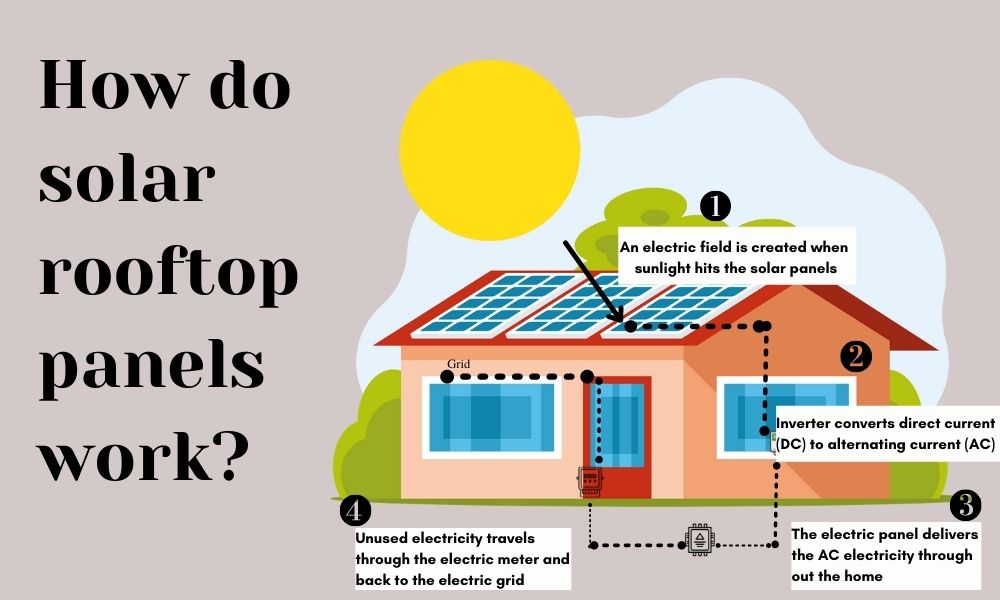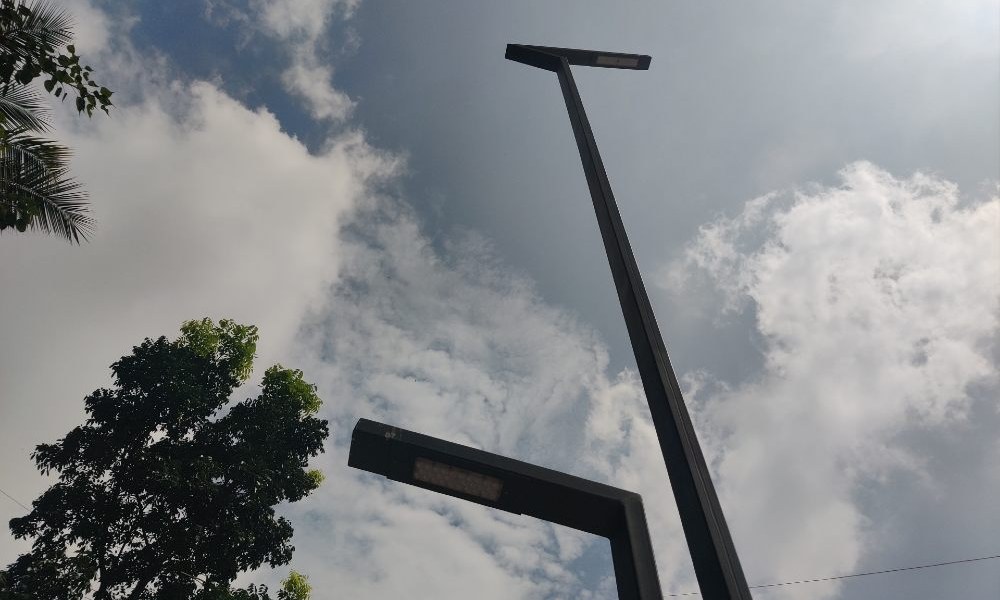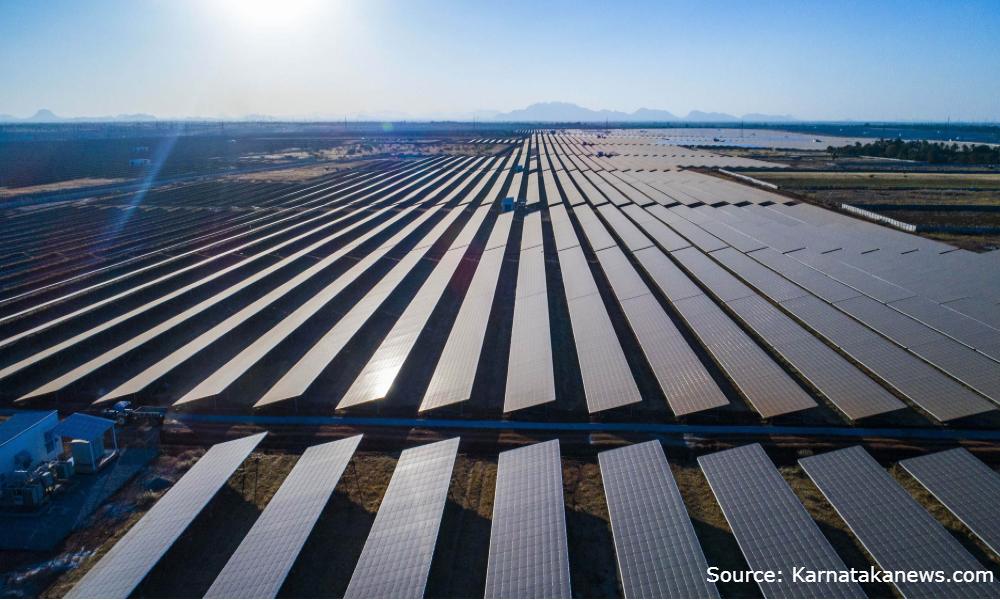College campuses struggle with electricity bills and upkeep issues as they take the sustainable route with solar technology.
Insufficient number of solar panels for electricity supply and lack of their maintenance, despite guidelines by the University Grants Commission (UGC), prevents colleges from being sustainable.
The Development of Solar Cities programme initiated by the Ministry of New and Renewable Energy (MNRE) in 2016, directed the UGC to ensure that green campuses are developed in the country. The aim is a minimum of 10 percent reduction in the projected demand of conventional energy by 2021. One of the guidelines mandates that buildings in the campus should have rooftop Solar Photo Voltaic (SPV) systems (preferably grid connected).
However, some government colleges in the city do not have enough number of these systems installed. “We have only 39 panels in our campus and three panels supply electricity to only one computer in the lab,” said an Associate Professor at a government college. Even though panels are there, they are not enough to match up the energy demand of college, he added.

Additionally, other colleges have solar panels that supply electricity to only certain areas of the campus. “There are spaces for solar panels in the campus but currently, they only provide electricity to the street lights surrounding the campus which is not enough,” said Satish Rao, the Head of Mechanical Department of another government college in the city. In fact, the college’s electricity bill adds up to around Rs. 1, 00,000 per month which could be reduced with more panels, said Rao.

Rooftop SPV systems must be constructed in educational institutions to sustain the increase in electricity prices, said Chiti Gupta, environment and energy consultant. “With increasing charges of electricity in a developing country like India, an increase in school fees can also be noticed. In such situations, net metering facilities can be put to use for substantial cost savings in electricity bills,” she added.
Although some colleges have installed SPV systems but because of lack of maintenance they are not functional. “Some systems are working and some are not because they were installed 10 years back,” said Rao. The college infrastructure in general has not been maintained which makes it difficult to maintain solar panels, the Associate Professor said. Moreover, due to frequent changes in the college administration, the systems could not be looked after properly, he added.
Institutions with limited infrastructure could face land availability issues in installing SPV systems as they should face south to maximize the amount of sunlight the panels collect, said Gupta. “There would be a need for technical personnel that would possess knowledge of operating solar panels in the campus,” she added.
Benefits
Experts say that the installation of SPV systems is cost-effective and a direct cash benefit to the institution. “If we compare it to the commercial grid energy cost, the expected cost of generation and supply from SPV will be half of that,” said Samrat Sengupta, Programme Director of Centre for Science and Environment (CSE).This holds true forprivate colleges in the city as well. “Installation of SPV systems has helped save our bills,” said V A Ramesh, Junior Executive Assistant at a private college. Before installation of SPV systems by the MNRE, the electricity bill would cost around Rs. 1,20,000 per month. However, after installation of the panels it has reduced to around Rs. 60,000 to Rs. 70,000, which is half the previous electricity bills, he said.
Additionally, use of solar panels can help the environment as it does not emit any harmful emissions during its operation, said Sengupta. However, amidst rising emissions, India’s share of solar power currently makes up only four percent of the nations’ power supply while coal stands at 70 percent, according to a report by the Carbon Brief. “But around 60 percent of India’s carbon dioxide (CO2) emissions in the late 2030s will be from infrastructure and machines that do not exist today, meaning there is a ‘huge opening’ for green policies to curb these future emissions,” the report added.
However, using only solar panels will not help educational institutions, said Ullaash Kumar, Research Associate at Ecowatch. Solar panels need to be coupled with another renewable source such as windmills which are low in height helping institutions to be completely green, he added. “But, installing SPV systems is one step ahead in teaching everyone to use solar energy,” he said.



